#washington park zoo
Explore tagged Tumblr posts
Text

Washington Park Zoo - Bears Fed Daily Sign
Polar bears in the old cages at the Washington Park Zoo. A sign indicates that they are fed daily at 2:30. In 1919, the zoo was home to the first polar bear born in captivity in North America.
Milwaukee Historic Photo
#bears#polar bears#washington park zoo#bears fed daily#milwaukee public library#milwaukee historic photos
2 notes
·
View notes
Text









Happy late national bird day!
📸 CanonEosRP
#aesthetic#aesthetics#seattle#nature#washington#washington state#photography#my photos#canon photography#bird photography#birdwatching#wild birds#birds#bird#woodland park zoo#nature photography#cute animals#animals
28 notes
·
View notes
Text
#i was thinking about visiting Washington next year around April/May BUT watching this made me change my mind#i really want to experience Washington in this exact weather so i think a Nov 2025 trip sounds really good?#i don't even care about not being able to explore Olympic or Mt. Rainier National Park because it might be closed off during that time#i'll find places to walk and admire the scenery#plus there's zoo's and aquariums#etc#i know i will find things to do over there 😊😊😊#even in a weather like this#okay#excited for my trip to WA next year#washington#soon#personal
2 notes
·
View notes
Text




Art Institute Lion visits other Chicago landmarks
#the lincoln park zoo#zoo#metra electric train#oz park#the wizard of oz#winter garden#harold washington library#chicago#travel#toys#plush#lions
4 notes
·
View notes
Text
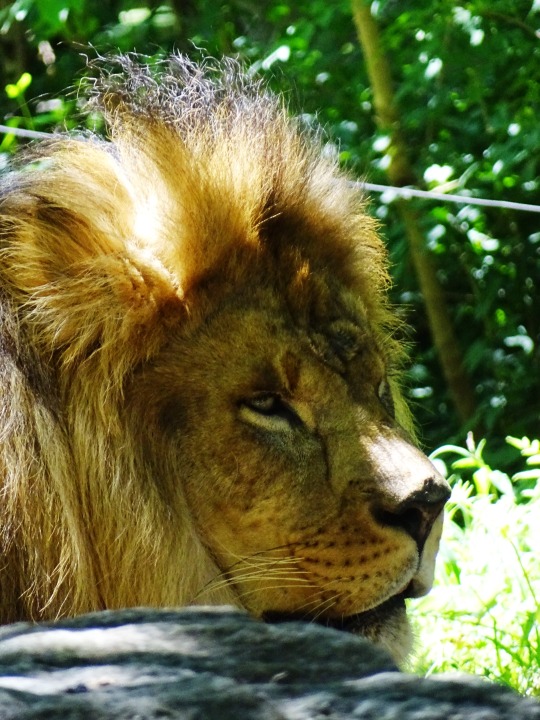

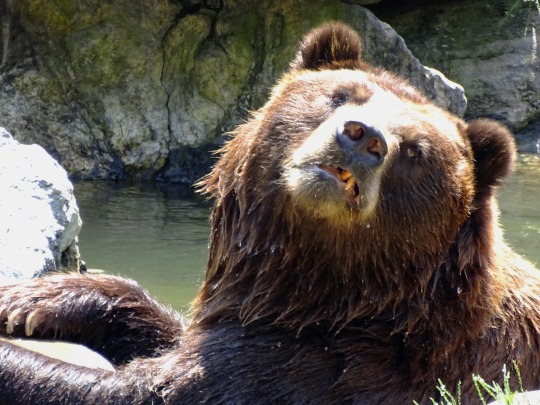

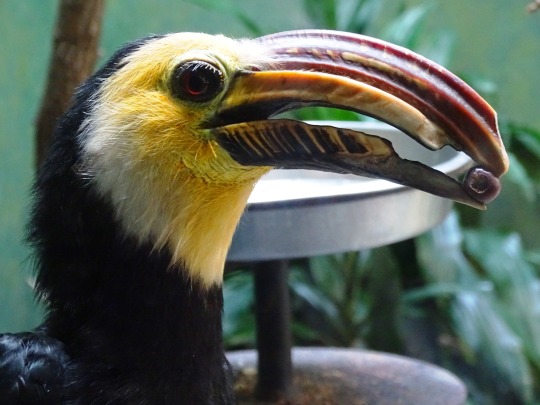

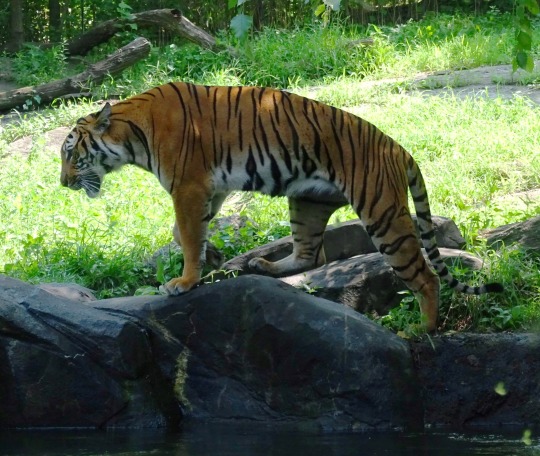


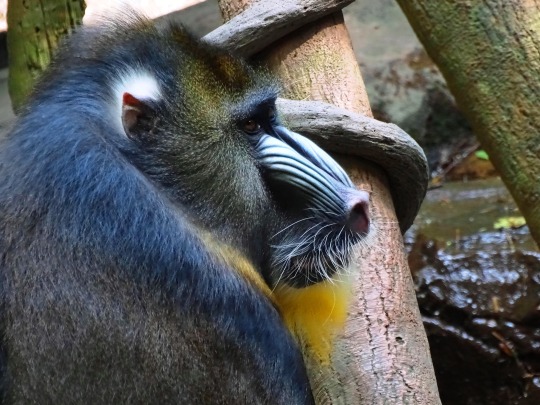
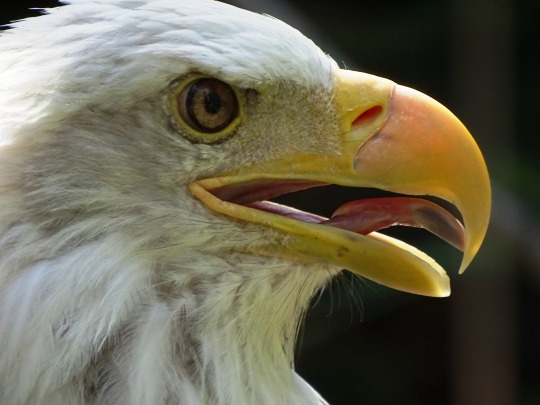




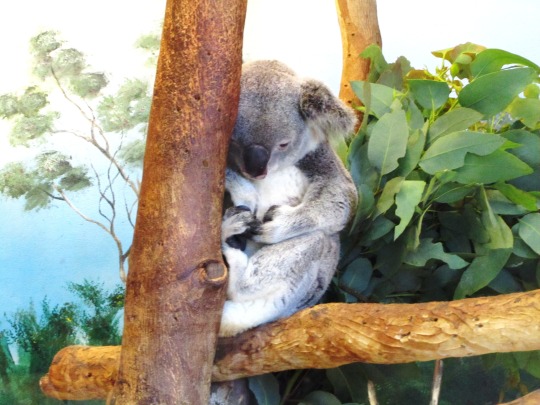

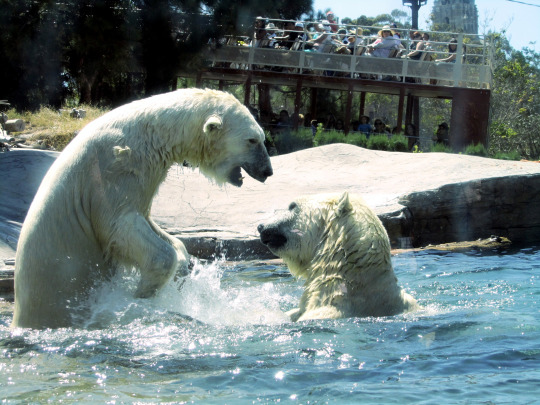



American Zoo Day
Philadelphia has always been an important city in America. It is one of the top ten biggest cities in the country, and once was the second biggest. It is also home to important historical artifacts and buildings such as the Liberty Bell and Independence Hall, as well as the nation's first zoo, the Philadelphia Zoo, which opened on July 1, 1874. Today we celebrate this zoo, along with other American zoos!
A Zoo—short for a zoological park—is a place that contains animals and exists to entertain, educate, engage in scientific research, and focus on conservation. Early zoos, known as menageries, were private collections of animals held by the wealthy. They existed as early as 2,500 BCE, being found in Egypt and Mesopotamia. They were found soon afterward in ancient China, Greece, and Rome. Aztec Emperor Montezuma II had one of the first collections of animals in the Western Hemisphere.
Modern zoos came about during the age of Enlightenment. One of the focuses of the era was on science, and this extended to zoology. There was an increased interest to study animals, with the goal of better understanding their behavior and anatomy. In order to do this more accurately, animals needed to be observed in more natural habitats. This was a driving force behind the establishment of modern zoos.
One of the first modern zoos, Menagerie du Jardin des Plantes, opened in Paris, France, in 1793. This followed the French Revolution; the menageries of the aristocrats, including those of the king and queen, were used to start the zoo. This early zoo did not have much for natural habitat, though, and was set up more like a museum, having small display areas.
Shortly thereafter in America, in 1804, Thomas Jefferson sent Lewis and Clark on an expedition out West to find and document the animals living there. This demonstrated the new country's interest in animals, but the country was not quite ready for a zoo. When the London Zoo opened to the public in 1847, it influenced some in the United States to start thinking that it was time to open their own zoo.
A physician named William Camac spearheaded the cause for a zoo in Philadelphia. On March 21, 1859, the Pennsylvania State Legislature voted to establish the Philadelphia Zoological Society, and Camac became its president. The Society—the first of its kind in the United States—worked to raise public and private funds to build the zoo. With the start of the Civil War in 1861, the plans were put on hold, as money was not available to devote to the zoo until after the war.
Eventually, the Zoological Society was given 30 acres of land in Fairmount Park on the banks of the Schuylkill River. "The Solitude," a house built by John Penn, the grandson of William Penn—the founder of the province of Pennsylvania—was included on the land. The size of the zoo was later extended to 42 acres. The entryway included a wrought-iron gateway and gatehouses designed by Frank Furness, which are still in use today.
On opening day, 3,000 people visited the zoo and were welcomed by a brass band and flags. Adults were charged 25 cents for admission, while children were charged 10 cents—this was the cost of admission for the next half-century. Yearly memberships were available for 10 dollars, with lifetime memberships being 50 dollars. During its first year of operation, 228,000 people visited the zoo. Today it has 1.2 million visitors each year.
There originally were 616 animals (another account says 813) at the zoo, some of which were on loan from the Smithsonian Institution. The Smithsonian had collected them from Africa and Asia but did not yet have their own zoo in Washington D.C. to house them at. The zoo had 3,000 animals by 1976 but then began downsizing to the 1,300 it now has. Today we celebrate the animals at this zoo, the zoo itself, and those all across America.
How to Observe American Zoo Day
The best way to celebrate the day is to take a trip to the Philadelphia Zoo. If you can't make it to Philadelphia, perhaps you are nearby one of the best zoos in the country. Otherwise, find another nearby zoo to visit!
Source
#Bronx Zoo#my favorite zoo#New York City#San Diego Zoo#Lincoln Park Zoo#Chicago#Washington DC#travel#original photography#vacation#tourist attraction#cityscape#animal#National Zoological Park#USA#American Zoo Day#AmericanZooDay#1 July#nature#flora#fauna#bear#tiger#bald eagle#nile crocodile#polar bear#giant panda#koala#ara#zebra
4 notes
·
View notes
Text

the only animals we saw at the zoo that day
#they didn’t tell us half their stuff was under construction#we only saw the lions penguins and some birds#THATS IT#at a ZOO#???????#photography#canon powershot#canon powershot a410#washington state#seattle#woodland park zoo
0 notes
Text
@scull-not-skull
Bitey-face is a dog game you’ve probably seen and may love: lots of loud open-mouthed posturing and maybe some wrassling. I now invite you join me in experiencing bitey-face a la sloth bears. I grabbed these photos yesterday at the Woodland Park Zoo in Seattle and lost my shit laughing when I saw how they’d turned out. (Open them fullscreen and zoom in on their facial expressions, it’s so worth it.)
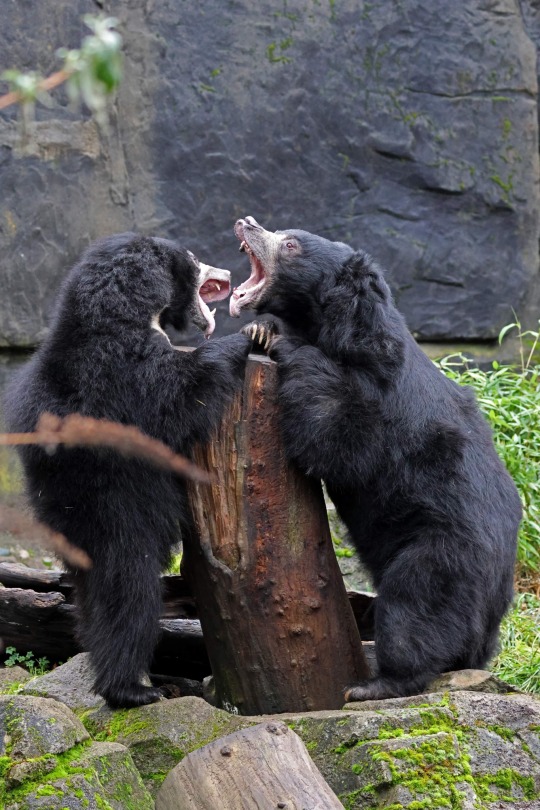

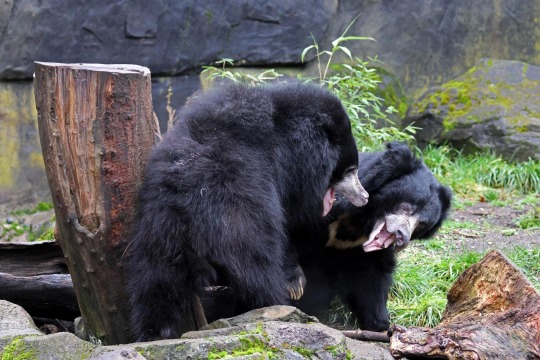
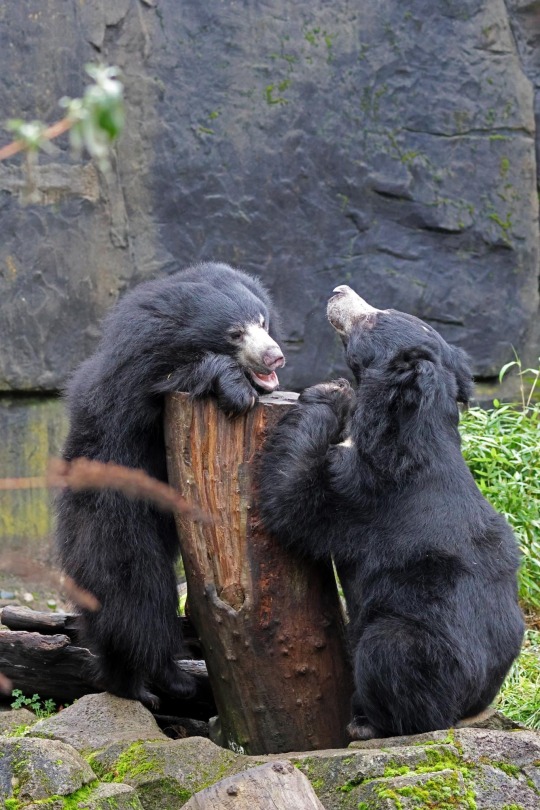
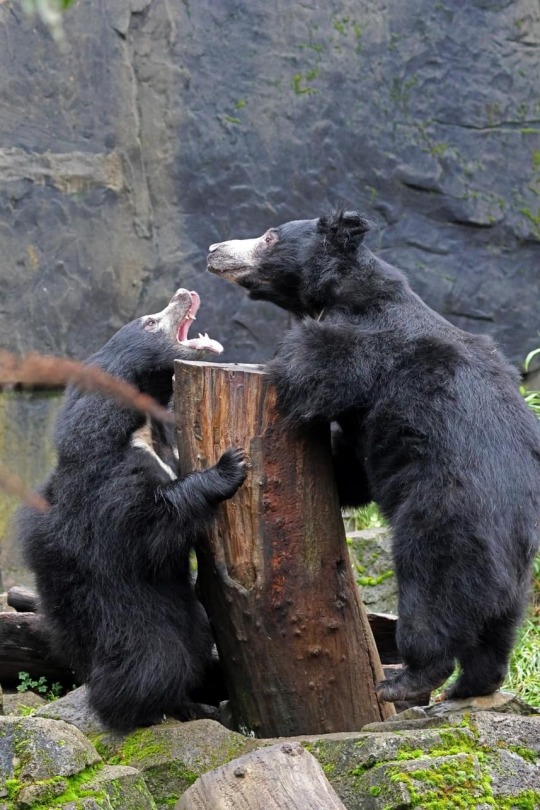
I just cannot get over the excessively extra lips.
The fun thing about watching these two play was the clear use of the log to diffuse tension / reduce physical contact. They purposefully set up on either side of it to posture at each other, and then would circle around and wrestle for a bit, before going right back to their original spots.
Shameless plug, I’ll be posting these and a bunch more on my insta.
#if and when I am able to visit Washington can we go to the woodland park zoo#to see the bears and also the elk that were in Outer Wilds
1K notes
·
View notes
Text

ILLUMINATE YOUR HOLIDAYS with WILDLANTERNS at Woodland Park & Zoo in Seattle, WA
November 10, 2023 – January 14, 2024 4:00 - 9:00 p.m. (Last ticket is sold at 7:00 p.m.)
An immersive, interactive, larger-than-life experience unlike any in the Northwest! WildLanterns presented by BECU returns this winter with brand-new lanterns and themed zones, along with some returning fan favorites, that will “wow” anyone, no matter their age!
#holiday#christmas#zoo#animals#woodland park & zoo#seattle#washington#lanterns#light show#wildLanterns
0 notes
Text
There's so many horrible things happening in America right now that it has been interesting to see what individual horrors hurt me personally the most. I grew up going to the Kennedy Center for the Performing Arts. Musicals, plays, concerts, that weird bust of JFK, playing around on terrace during intermissions, putting on a velvet dress that you're going to ruin dropping a milk dud in your lap and not noticing until it's fully melted, wearing the pinchy shiny shoes that are the training bras of women's formal footwear, operas I didn't like but did love, jazz I didn't understand but still fascinated me, red carpet, big stairs, the absolute nightmare amount of experiences I had as a new driver as I repeatedly got trapped in the Kennedy Center's fucking private DC island or whatever the hell is going on traffic-wise, free performances on small side stages, getting to see an enormous production on the Center's most enormous stage, all of which was accessed by walking through that a long, tall hallway lined with flags of the world that made you feel like a dignitary attending the most important even in the world.
And now Trump's taken it over. He fired its board. He appointed one of his loyalists to run it. I want to throw up.
Sometimes I miss DC so much. I love the Pacific Northwest and expect I'll live here for the rest of my life, but this isn't my hometown. I grew up the edge of the District. I've lost cumulative years of my life stuck in traffic on the inner loop and outer loop. Because of the Smithsonian, it used to be so baffling to me that anyone ever had to pay to get into a museum. I've used the Washington DC zoo as a shortcut to a different part of the city because it's free to enter. You couldn't count the amount of knockoff Spider-man popsicles that I've eaten sitting on the steps of the Lincoln Memorial. My reading tastes were molded by Kramer Books in Dupont Circle. I spent afternoons walking around the National Mall, normally just a big empty field until there's an event--book fair, country music program, international cuisine, whatever--at which point for a day or a weekend or a week it becomes a sea of tents and stages. I went to protests outside the Capital and the White House about the war in Iraq. I froze my toes off watching Obama's 2008 presidential inauguration.
It seemed like everyone's family touched the federal government in some way. Everyone's family had moved here because they were military or state department or a political consultant or worked with an NGO or some other reason that meant you had to be here, in the nation's capital. Plenty of people had connections to the federal government that we more hush-hush. Like kids in class straight up going, "I have no idea what my parents do for a living. They're not allowed to tell me." High schoolers regularly, accidentally drove into the CIA parking lot and got escorted out because the premises were that accessible. My family moved here because my dad is a reporter who ended up covering international trade. (Imagine how much his job sucks right now.) He switched beats one summer to cover the White House instead. He got to fly on Air Force One. He got official Air Force One M&Ms. I was SO disappointment my dad didn't work there for Bush to call on him by nickname.
Every day my family got The Washington Post. I read the comics and the kid's page, then the rest of the Style section, then Metro, then news. I learned to read from it. We wrapped our delicate Christmas ornaments with its pages. We used yesterday's papers to clean our windows because they didn't leave streaks. I took journalism in high school. You can't IMAGINE how much and how frequently we talked about Watergate. When Post changed its motto to "Democracy Dies in Darkness" after Trump's election in 2016 that meant something to me. I knew Bezos owned the paper now, but that was still my paper, and the motto spoke to something I fervently believed: if people just knew what was happening, they wouldn't allow it to happen. If you expose a problem, people will naturally agree that it is a problem and that we should do something to fix it. Flash forward to Trump's third fucking campaign, and the newspaper wouldn't endorse a presidential candidate. Chickenshit cowardice. Then they change the motto. "Riveting Storytelling for All of America." Eat shit. You're nothing now.
Politics in America is just telling everyone how much you hate Washington, DC so that they'll elect you so you can move to DC. Well, guys, the city fucking hates you too. Republicans will never give the District actually meaningful political representation because no one in that city would vote for them. It's not just the policies; it's the contempt. No one in the new administration loves the city they schemed and lied and stooped to take over. It's just iconography to them, and all they care about is taking that iconography for themselves. Trump doesn't give a shit about the summer program for the Kennedy Center. He has never seen a show at the Kennedy Center. When he was president, he never attended the annual awards. He's trying to destroy one of the most significant places of my life and I'm genuinely unsure if he has ever stepped for inside of it.
#b.#i need a us politics tag for people to block#us politics#i saw someone use 'politics!' and i was like oh cool i'll do that for easy blacklisting and archiving my thoughts for myself#but i simply cannot bring myself to express any kind of enthusiasm for the topic even for organizational reasons#maybe i'll do like:#politics...
447 notes
·
View notes
Note
Hi Sabine if you could please spread this, this account lists all the memorials planned for Liam across the world and regularly updates them, for those who wish and are able to attend https://x.com/HS_News_/status/1847077799942934740
Sending lots of love ❤️❤️❤️
LIAM PAYNE MEMORIAL
Europe:
🇬🇧 London | October 20 - 2pm | Hyde Park
🇬🇧Liverpool | October 19 - 2pm | Docks on keel wharf bridge
🇬🇧 Glasgow | October 20 - 2pm | Sir Walter Scott Statue in George Square
🇬🇧 Manchester | October 20 - 6pm | Cathedral Gardens
🇬🇧 Birmingham | October 20 - 4pm | Chamberlain Square
🇧🇪 Brussels | October 19/20 - 2pm | Parc de Bruxelles
🇫🇷 Paris | October 20 - 2pm | Jardins des Tuileries
🇩🇪 Munich | October 20 - 3pm | Olympiahalle
🇪🇸 Madrid | October 20 - 3pm | Plaza de Santa Ana
🇸🇪 Stockholm | October 19 - 6pm | Svartensgatan 8
🇵🇹 Lisbon | October 27 - 6pm | Meo Arena, Oriente
🇮🇹 Milan | October 20 - 3pm | Piazza Duomo
🇺🇸 US:
Newark - Delaware | October 19 - 4pm | Glasgow Park
NYC | October 19 - picnic* at 11am and another event at 6pm | Washington Square Park
*Picnic RSVP : https://partiful.com/e/2WoJi0Onf8jWijlyFU8E
Boston | October 19 - 2pm | Boston Common
Chicago | October 19 - 2pm | Gather at Grandmother’s Garden outside of Lincoln Park Zoo
Los Angeles | October 19 - 4:30pm | La Cienaga** Park in Beverly Hills
**RSVP : https://partiful.com/e/P5qPcaZkgLizNYhzP0mm
South-America:
🇧🇷 São Paulo | October 27 - 2pm | Parque Ibirapuera
Oceania:
🇳🇿 Auckland | October 20 - 2pm | Freyberg Square
🇦🇺 Sydney | October 20 - 11am | Hyde Park (Memorial fountain)
Asia:
🇮🇳 Mumbai | October 20 - 5pm | Marine Lines, Opposite Pizza by the Bay
———————
EDIT: added Boston
#ask#thank you nonnie#feel free to send me more so I will update this list#sending you lots of love ❤️#rip liam payne#added Boston
547 notes
·
View notes
Text
Woodland Park Zoo + Washington Department of Fish and Wildlife release 20 captive raised Western Pond Turtles back into protected habitat 🥺
#they’re so cute…god I love turtles. love their eyes very expressive#katie rambles#tiktok#conservation
181 notes
·
View notes
Text

Washington Park Zoo Boy
A boy looks at polar bears inside the bear exhibit at the Washington Park Zoo. In the 1930's, the zoo had the largest bear collection in the world with 37 bears of various species.
Milwaukee Public Library Historic Photo
Milwaukee Historic Photos
#milwaukee#washington park zoo#polar bears#children#zoo boys#milwaukee historic photos#milwaukee public library
3 notes
·
View notes
Text




Who does your eyeliner?
#aesthetic#aesthetics#seattle#nature#washington#washington state#photography#cute animals#animal photography#animals#flamingo#pink flamingos#bird photography#birds#wild birds#birdwatching#bird#zoology#zootopia#zoo photography#woodland park zoo#canon photography#canon#cute
24 notes
·
View notes
Text

We’re over the moon to announce that we’re releasing not one but two full length albums: Equus Asinus and Equus Caballus. This is our biggest and proudest work yet. We will be hitting the road again this year across North America to bring the new songs to you! We can’t wait to share the new music IRL. Looking forward to see you <3
Tickets: https://menitrust.com
Presale password: EQUUS Public On-sale: Thursday, February 13 @ 12pm EST
Poster by https://hugobernier.com
07/02 Montreal QC, Montreal Jazz Festival 07/18 Brooklyn NY, Prospect Park Bandshell 07/19 Boston MA, Roadrunner 07/24 Toronto ON, History 07/25 Toronto ON, History 07/26 Toronto ON, History 08/05 Detroit MI, Masonic Temple Theatre 08/06 Chicago IL, Huntington Bank Pavilion 08/07 Cincinnati OH, Andrew J Brady Music Center 08/08 St. Louis MO, The Pageant 08/09 Kansas City MO, Midland Theatre 08/11 Denver CO, Mission Ballroom 08/12 Salt Lake City UT, Rockwell At The Complex 08/14 Seattle WA, Woodland Park Zoo Amphitheater 08/15 Portland OR, Pioneer Courthouse Square 08/17 Stanford CA, Stanford Uni. - Frost Amphitheater 08/19 Anaheim CA, House of Blues - Anaheim 08/20 Anaheim CA, House of Blues - Anaheim 08/21 Los Angeles CA, Greek Theatre - LA 08/22 Las Vegas NV, The Theater at Virgin Hotels LV 08/23 Phoenix AZ, Arizona Financial Theatre 08/25 San Antonio TX, Boeing Center at Tech Port 08/26 Houston TX, 713 Music Hall 08/27 Dallas TX, The Factory in Deep Ellum 08/29 Atlanta GA, Coca-Cola Roxy 08/30 Nashville TN, The Pinnacle Sun 08/31 Charlotte NC, Skyla Credit Union Amphitheatre 09/02 Richmond VA, Brown's Island 09/03 Pittsburgh PA, Stage AE 09/04 Washington DC, The Anthem 09/05 Boston MA, Roadrunner 09/06 Philadelphia PA, Franklin Music Hall (early) 09/06 Philadelphia PA, Franklin Music Hall (late)
103 notes
·
View notes
Note
You went on a road trip??! Where'd you go? Was it AWEOSME?!?!?
I went from the west coast of Washington over to eastern Washington and Idaho. Through mountains and into the desert of Washington, always my favorite!
Went to Silverwood in Idaho, the theme park. They are doing haunted houses at night for Halloween this month, so we went into all the haunts there, very fun. There was also an aurora event while we were out. The aurora events earlier this year I missed because I was out of town, so that was the first time I've ever seen them-- and by complete chance! Had no idea that was going to happen.
I also got to go to a petting zoo. Despite seeing many farm animals in my day to day life there's something very fun and cozy about going to a petting zoo where they actually want to be pet by random strangers lol.


A couple pics of me from the trip ^
It was a nice trip :3 I like to go out to Spokane a lot, so this isn't the first time I've been in the area, but I got to do a lot of new stuff.
#also went to a place called triple play#it was like... a family fun center on steroids#it was really cool and because it was a Thursday#almost nobody was there#so i got to play laser tag alone with just my husband and nobody else#and laser mazes#and rope climbing stuff#and go karts#all to ourselves it was so rad
49 notes
·
View notes
Text





















American Zoo Day
Philadelphia has always been an important city in America. It is one of the top ten biggest cities in the country, and once was the second biggest. It is also home to important historical artifacts and buildings such as the Liberty Bell and Independence Hall, as well as the nation's first zoo, the Philadelphia Zoo, which opened on July 1, 1874. Today we celebrate this zoo, along with other American zoos!
A Zoo—short for a zoological park—is a place that contains animals and exists to entertain, educate, engage in scientific research, and focus on conservation. Early zoos, known as menageries, were private collections of animals held by the wealthy. They existed as early as 2,500 BCE, being found in Egypt and Mesopotamia. They were found soon afterward in ancient China, Greece, and Rome. Aztec Emperor Montezuma II had one of the first collections of animals in the Western Hemisphere.
Modern zoos came about during the age of Enlightenment. One of the focuses of the era was on science, and this extended to zoology. There was an increased interest to study animals, with the goal of better understanding their behavior and anatomy. In order to do this more accurately, animals needed to be observed in more natural habitats. This was a driving force behind the establishment of modern zoos.
One of the first modern zoos, Menagerie du Jardin des Plantes, opened in Paris, France, in 1793. This followed the French Revolution; the menageries of the aristocrats, including those of the king and queen, were used to start the zoo. This early zoo did not have much for natural habitat, though, and was set up more like a museum, having small display areas.
Shortly thereafter in America, in 1804, Thomas Jefferson sent Lewis and Clark on an expedition out West to find and document the animals living there. This demonstrated the new country's interest in animals, but the country was not quite ready for a zoo. When the London Zoo opened to the public in 1847, it influenced some in the United States to start thinking that it was time to open their own zoo.
A physician named William Camac spearheaded the cause for a zoo in Philadelphia. On March 21, 1859, the Pennsylvania State Legislature voted to establish the Philadelphia Zoological Society, and Camac became its president. The Society—the first of its kind in the United States—worked to raise public and private funds to build the zoo. With the start of the Civil War in 1861, the plans were put on hold, as money was not available to devote to the zoo until after the war.
Eventually, the Zoological Society was given 30 acres of land in Fairmount Park on the banks of the Schuylkill River. "The Solitude," a house built by John Penn, the grandson of William Penn—the founder of the province of Pennsylvania—was included on the land. The size of the zoo was later extended to 42 acres. The entryway included a wrought-iron gateway and gatehouses designed by Frank Furness, which are still in use today.
On opening day, 3,000 people visited the zoo and were welcomed by a brass band and flags. Adults were charged 25 cents for admission, while children were charged 10 cents—this was the cost of admission for the next half-century. Yearly memberships were available for 10 dollars, with lifetime memberships being 50 dollars. During its first year of operation, 228,000 people visited the zoo. Today it has 1.2 million visitors each year.
There originally were 616 animals (another account says 813) at the zoo, some of which were on loan from the Smithsonian Institution. The Smithsonian had collected them from Africa and Asia but did not yet have their own zoo in Washington D.C. to house them at. The zoo had 3,000 animals by 1976 but then began downsizing to the 1,300 it now has. Today we celebrate the animals at this zoo, the zoo itself, and those all across America.
How to Observe American Zoo Day
The best way to celebrate the day is to take a trip to the Philadelphia Zoo. If you can't make it to Philadelphia, perhaps you are nearby one of the best zoos in the country. Otherwise, find another nearby zoo to visit!
Source
#Bronx Zoo#my favorite zoo#New York City#San Diego Zoo#Lincoln Park Zoo#Chicago#Washington DC#travel#original photography#vacation#tourist attraction#cityscape#animal#National Zoological Park#USA#American Zoo Day#AmericanZooDay#1 July#nature#flora#fauna#bear#tiger#bald eagle#nile crocodile#polar bear#giant panda#koala#ara#zebra
0 notes